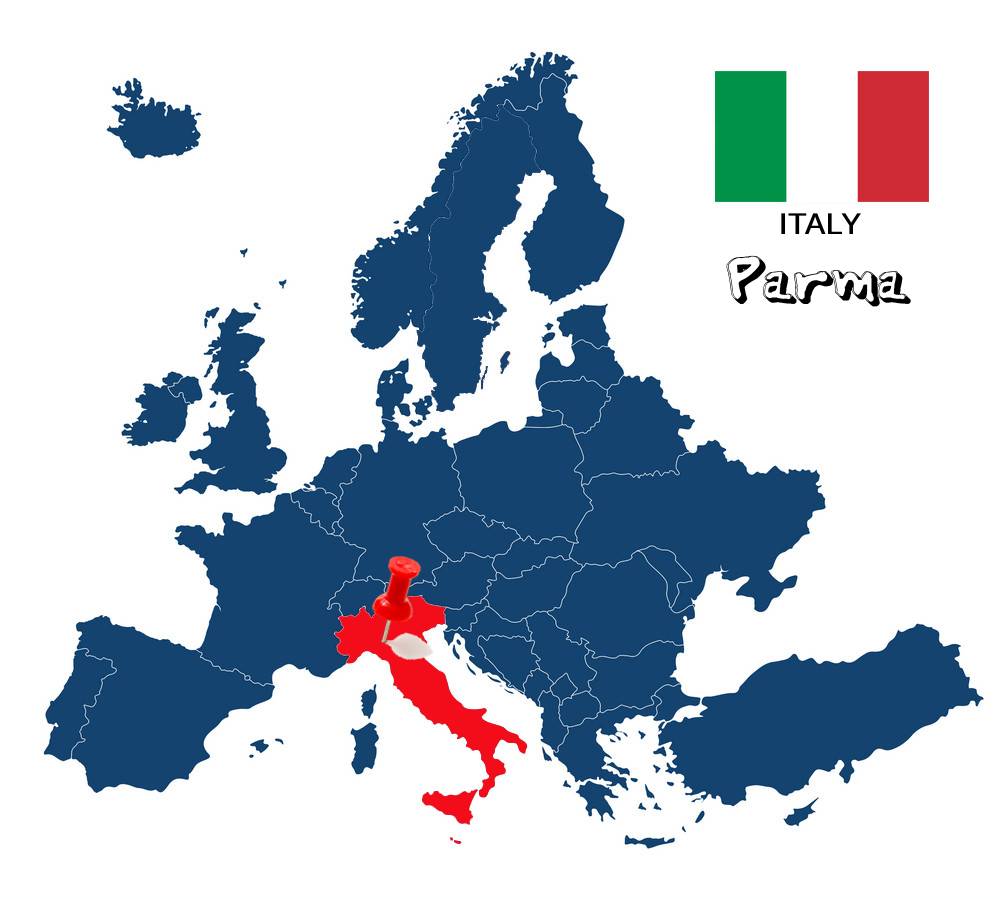
Many people only know Parma from parmesan and prosciutto. Amazing if you consider that we are talking about the second largest city in Emilia-Romagna and recently declared as the Italian city with the best standard of living! A city rich in attractions, theatrical tradition and top cuisine.
A few words about the city
Parma is located in Italy and more specifically in the region of Emilia Romagna, being the capital of the province of Parma. It seems to have been inhabited since ancient times and more specifically since the Bronze Age, since the Teramare Civilization emerged in the area. Today, the city is known for its architectural attractions, but also for the University of Parma, one of the oldest in the world! The name Parma is Latin, and comes from the name of the round shield (parma). It is not clear why it has this name. The city's population is estimated at around 197,269 inhabitants, of which approximately 91% are Italian, while the rest mainly come from European countries of Eastern Europe. Furthermore, the city is divided in two by a small river, which also bears the name of Parma. So I will try to present Paema to you through my own eyes and share with you what I think a first-time visitor should see.
Piazza Duomo
The Cathedral Square (Piazza Duomo) is one of the three squares that delimit the historic center of Parma! There you will find some of the most important sights of the city. The first of these is, of course, the Cathedral of Parma, which is dedicated to the Assumption of the Virgin Mary (Santa Maria Assunta). It is an impressive church of Romanesque architecture, dating back to the 12th century, being one of the most important examples of the Romanesque style in Lombardy! Inside, you will be impressed by the rich decoration, the excellent frescoes in the central nave and the enormous dome. Finally, although the original plans were to build two bell towers on either side of the Cathedral, only one was completed. This one, however, is over 63 meters high and is visible from almost the entire city. Admission is free.
The other landmark of the square is the Baptistery (Battistero), built by Benedetto Adelami in Gothic style and dating back to the 13th century. This ornate and shining building was created from pink marble from Verona, and is considered one of the most important medieval buildings in all of Italy! Naturally, at that point all visitors realize that Parma is influenced by two different architectures and this gives it charm.
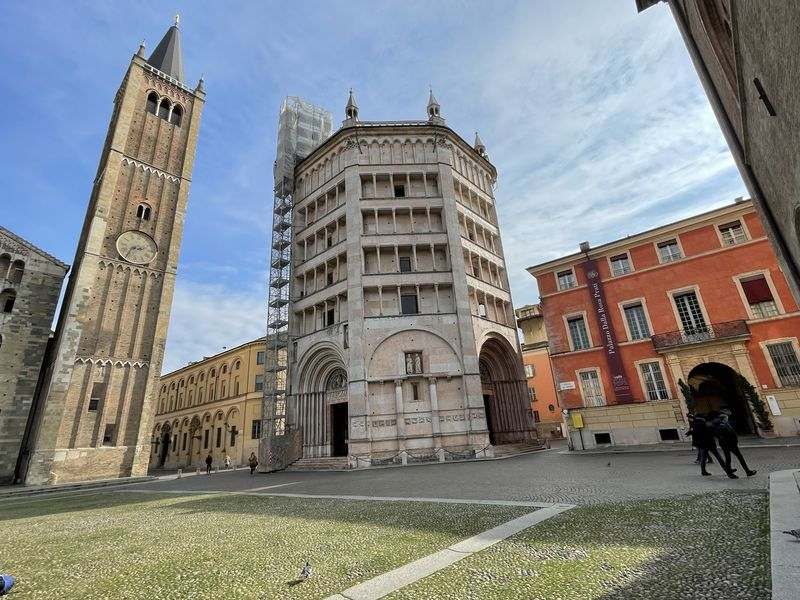
Finally, in the square there is also the Episcopal Palace which houses the Episcopal Museum (Museo Diocesano). There you will find, in addition to sculptures and original works, the above monuments, a magnificent mosaic from the 5th century and the famous “L’Angiolen dal Dom”, the angel who until the previous century watched over Parma from the top of the Duomo bell tower! The entrance to the Baptistery and the Episcopal Museum together costs 12.00e!

Chiesa di San Giovanni Evangelista
Right behind you will find perhaps the most architecturally beautiful building in the city. I am referring, of course, to the Church of St. John the Evangelist (Chiesa di San Giovanni Evangelista), which was built in 1510 on the site of an older monastery. Over the years, Baroque elements were added to its central facade, while inside, in addition to a spectacular fresco by Correggio, you will also admire works by Parmigianino. Finally, the church's bell tower was built in 1613 and is 75 meters high, being the tallest tower in the city! Admission is free!
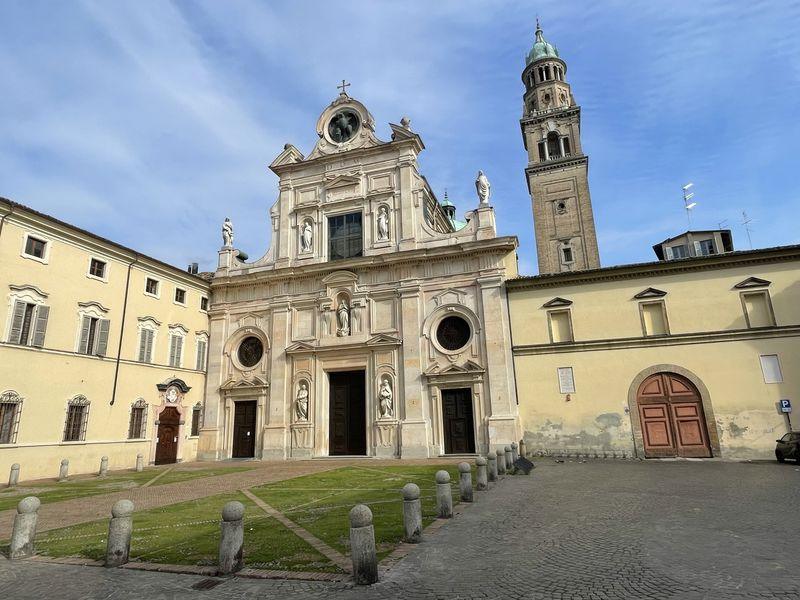
Santa Maria della Steccata- San Francesco del Prato
The puzzle of beautiful churches in Parma is completed by the church of Our Lady of the Fence (Santa Maria della Steccata) and the Church of St. Francis of Meadow (San Francesco del Prato). The first one dates back to the 14th century and its name comes from a house that existed in the same place, where the miraculous icon of St. John the Baptist was preserved, enclosed in a fence. Furthermore, the church also serves as a mausoleum for members of the Farnese and Bourbon families of Parma. Admission to the church is free.
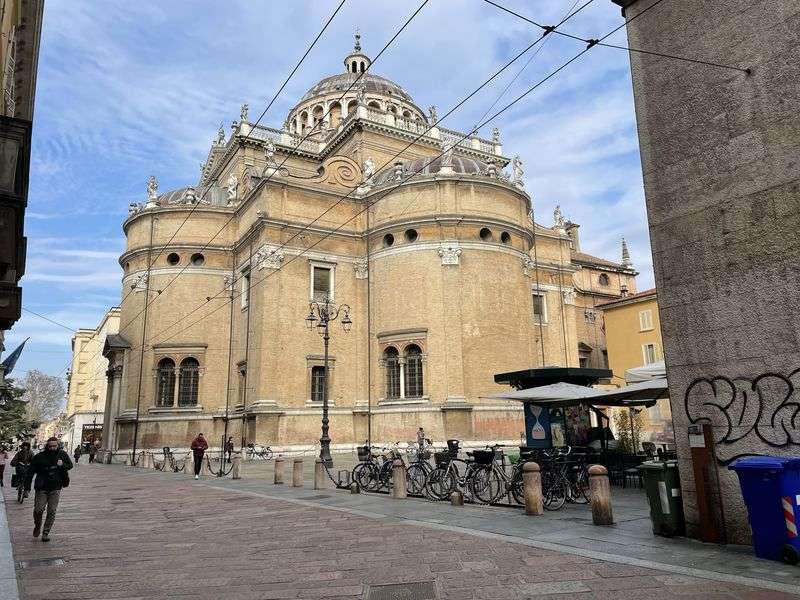
On the other hand, the church of St. Francis of Meadow is a Roman Catholic Church in the Gothic style, founded by the Franciscan order in 1227-1238! However, the building we see today was completed around 1462! In 1803, the church was plundered by Napoleonic troops and was converted into the city prison until 1990. At that time, many of the frescoes were covered and destroyed to create dark cells, while the bell tower served as an isolation room for special prisoners. Today, it is under renovation!
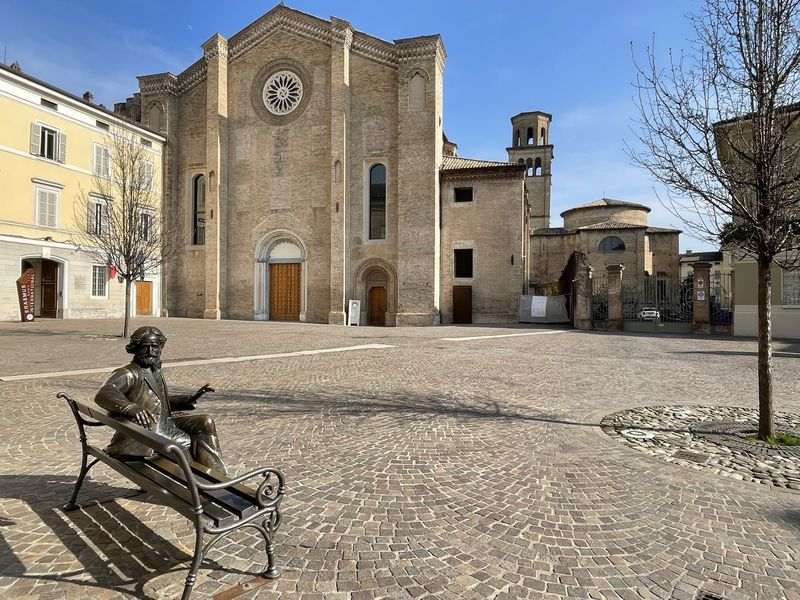
Piazza Garibaldi
As a self-respecting Italian city, Parma could not fail to have a square dedicated to Giuseppe Garibaldi. The Garibaldi Square (Piazza Garibaldi) is located on the site of the ancient Roman forum and is adorned with a statue of the Italian hero in its center. It has been the administrative center of Parma since medieval times and is considered the hub bisected by the city's main east-west artery, Via Mazzini, and its continuation, Via della Repubblica. In the northern part of the square you will find the impressive Governor's Palace (Palazzo del Governatore), dating back to the 17th century and today serving as municipal offices. You will also be impressed by the gigantic Baroque clock tower, added in 1829, and the statue of the Virgin Mary. Finally, in the square there are other historic buildings such as the Old Palace (Palazzo Vecchio), the Town Hall (Palazzo Comunale) and the church of St. Peter (San Pietro), while you will find many cafes and bars bustling with tourists and locals enjoying their traditional afternoon aperitivo.
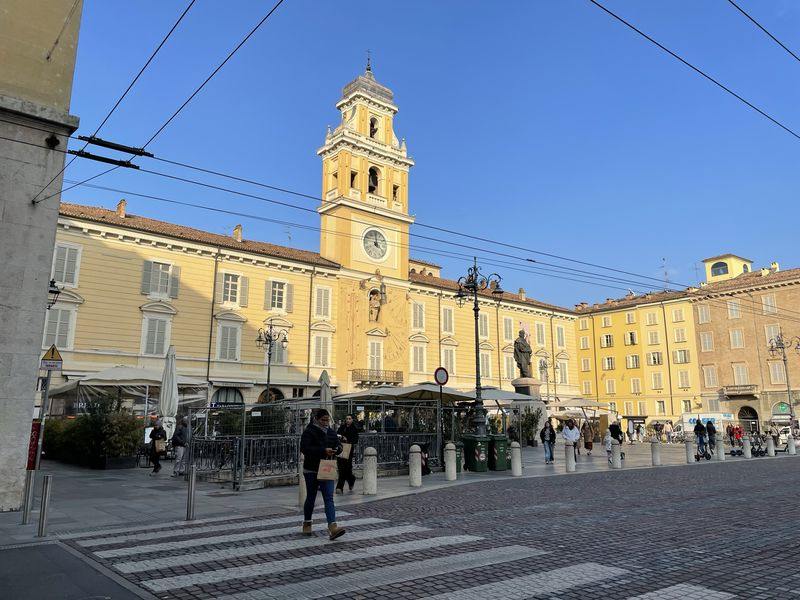
Palazzo della Pilotta
The third square in Parma that you should definitely explore is the Peace Square (Piazzale della Pace) or as the locals call it, Pilotta Square (Piazza della Pilotta). It is a symbol of the power of the Dukes of Parma and a reminder of the city’s glorious past! Of course, what stands out there is the imposing Pilotta Palace (Palazzo della Pilotta), which housed the court of Duke Octavio Farnese. It is a huge complex of buildings that began to be built in 1583, almost in front of the Parma River, with three large courtyards and gardens decorated with 18th-century fountains! Today, the palace is considered one of the most important cultural institutions in the city, housing several museums and galleries, which I will analyze right below. Additionally, inside it is the Palatine Library (Biblioteca Palatina), which houses important works and a historic theater. Admission to all areas of the palace costs 18.00e.
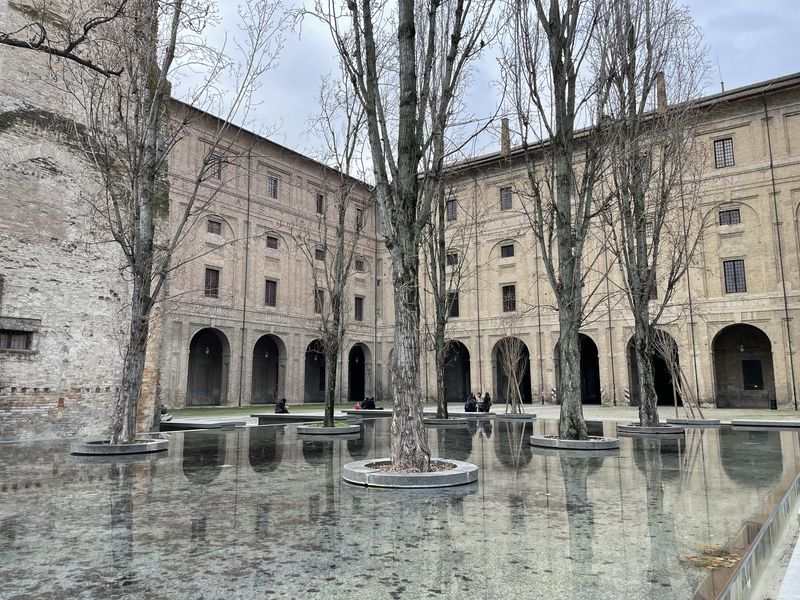
Museums
In Parma there are many museums and art spaces that deserve special attention, but five are the ones that stand out! The first three are housed in the Pilotta Palace and you can see them with a single ticket that costs 18.00e. The first of these is the National Archaeological Museum (Museo Archeologico Nazionale), founded in 1760, thus being one of the first archaeological museums to emerge in Italy! There you will admire findings from excavations in the ancient city of Velia, as well as many Etruscan, Egyptian and Roman exhibits from the Paleolithic era to the early Middle Ages.

The other art space of the palace is the National Gallery (Galleria Nationale). This is a collection of works of art, started by the Farnese family during the Renaissance period, and also houses part of the collection of the Academy of Fine Arts. Although a large part of the collection was transferred to Naples in 1734 by Carlo Borbone, the last descendant of the Farnese dynasty, works by Leonardo da Vinci, Canaletto, Tintoretto, Domenico Theotokopoulos (El Greco), Fra Angelico, Anthony van Dyck remain, alongside those of the greatest representatives of the Renaissance in Parma, Correggio and Parmigianino.
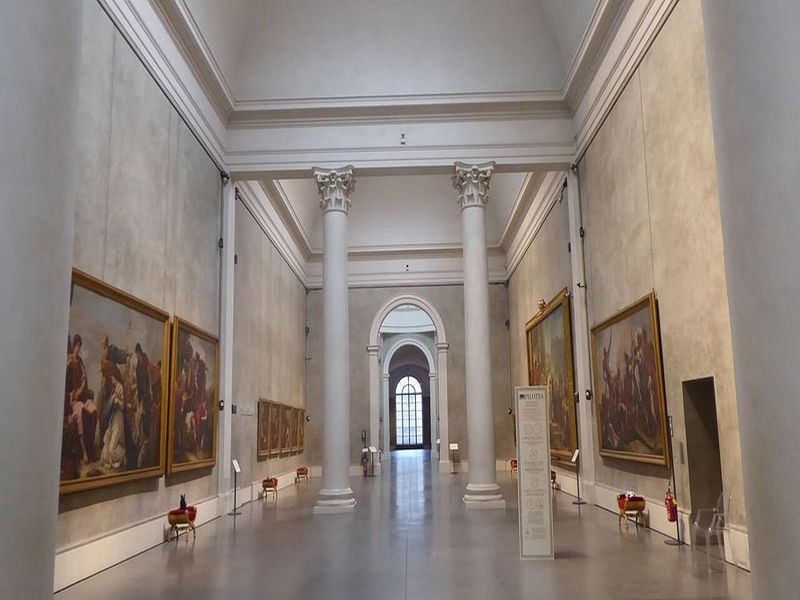
The third museum you will find in the Pilotta Palace is the Bodoni Museum (Museo Bodoni), which is dedicated to the famous Italian typographer Giambattista Bodoni. It is the oldest typographic museum in the country, which has a rich collection of thousands of book volumes, rich correspondence and various printing tools from the Bodoni printing house.
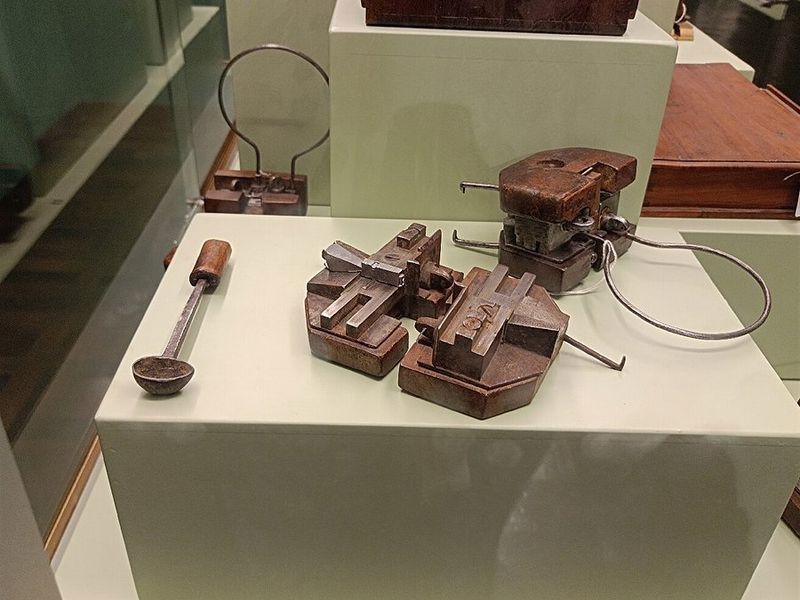
Equally interesting is the Museum-House where Arturo Toscanini was born (Museo Casa Natale Arturo Toscanini). The famous conductor was born in the Oltretorrente neighborhood on March 25, 1867, and his home has been renovated and transformed into an extremely interesting space! Each room tells aspects of the life and work of the great conductor, through various audiovisual exhibits. Admission to this and all the city's museums related to music (Museo dell'Opera- Museo Casa del Suono) is free.
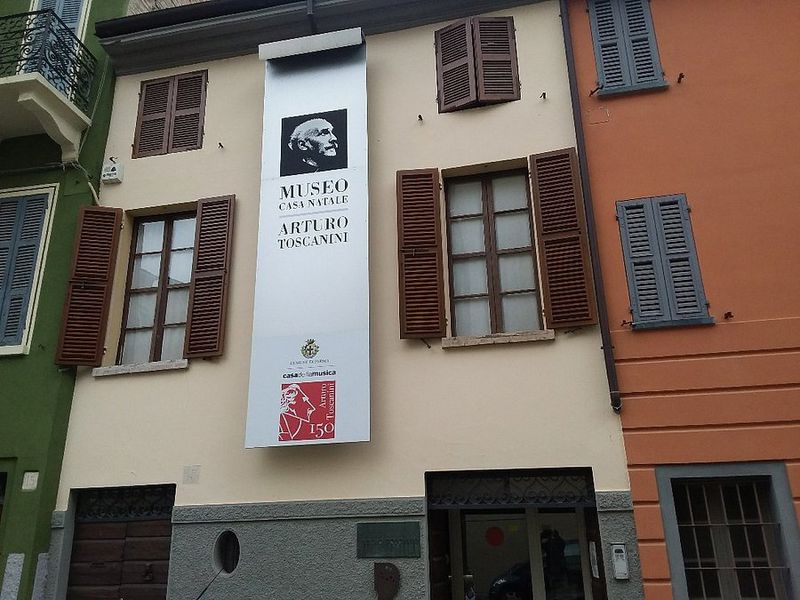
Finally, you should not miss the Glauco Lombardi Museum (Museo Glauco Lombardi) which is located in the Reserve Palace (Palazzo di Riserva) near the Cathedral. This museum was created through the efforts of Glauco Lombardi and presents a select collection of 19th century art and cultural works from Parma. Admission costs 7.00e.
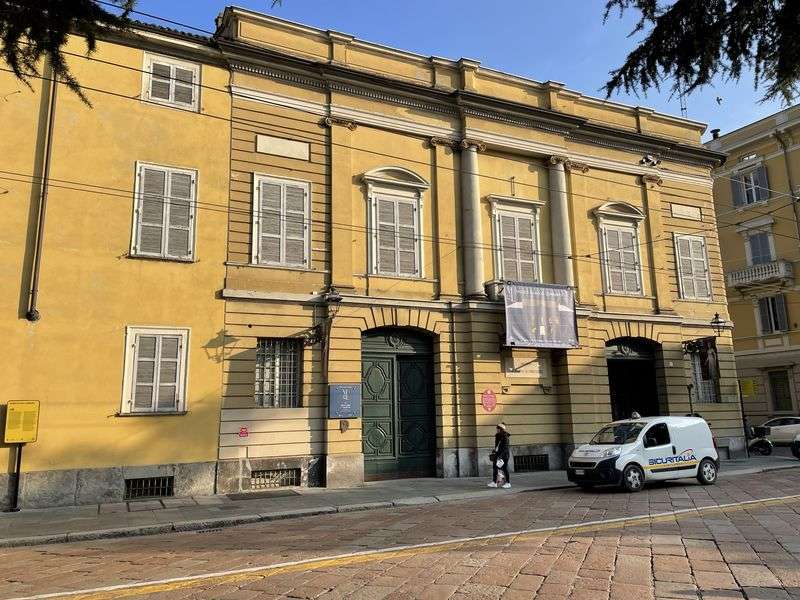
Teatro Farnese
Perhaps the most important attraction of the Pilotta Palace complex is the impressive Farnese Theater (Teatro Farnese). It is a Renaissance theater from 1618, built by Giovanni Battista Aleotti and bears witness to the luxurious lifestyle of the court of the Dukes of Parma! The idea of creating this grand theater came from the Duke of Parma and Piacenza, Ranuccio I Farnese. The theater was almost destroyed by an Allied air raid during World War II (1944), but was fully restored and reopened in 1962. And here you can enter with the single ticket for the palace grounds.
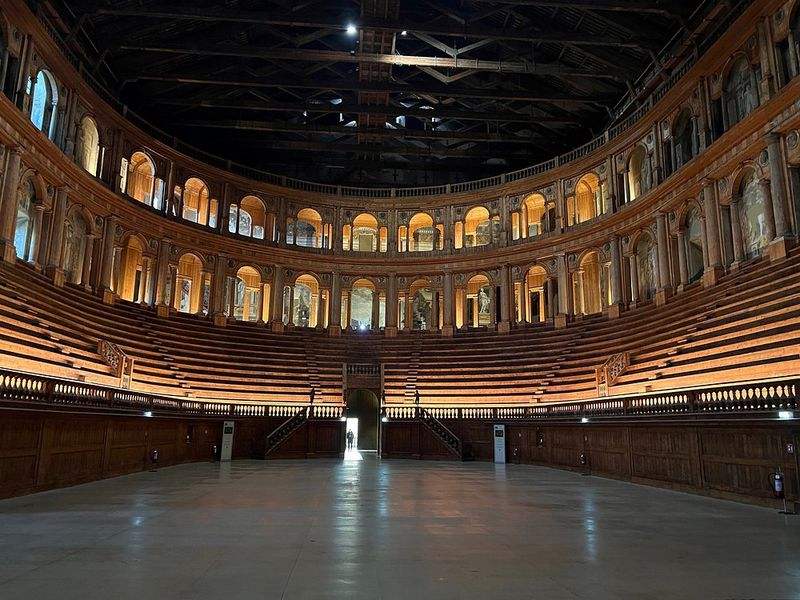
Parco Ducale
And after exploring the historic center of Parma, it's time to head west! Crossing the Verdi Bridge (Ponte di Verdi) or the city's central bridge (Ponte di Mezzo) and crossing to the opposite side of the Parma River, you will come across the Ducal Park (Parco Ducale). An oasis of greenery and tranquility, which is the number one place for relaxation and entertainment for locals and tourists. There, the neoclassical Ducal Palace (Palazzo Ducale) dominates, which was built in 1859 as a Sforza castle and later converted into a Farnese residence. Furthermore, in the countless acres of green of the castle you will find the Botanical Garden (Orto Botanico), maintained by the University of Parma and open daily free of charge. Finally, this is also where one of the most famous opera houses in Italy is located! It may not be as well-known as La Scala in Milan or La Fenice in Venice, but the Royal Theatre (Teatro Regio) is considered by opera lovers to be one of the true homes of the great Italian tradition! If you find yourself there and there is an opera, especially by Giuseppe Verdi, who was born on the outskirts of Parma, it is definitely worth seeing!
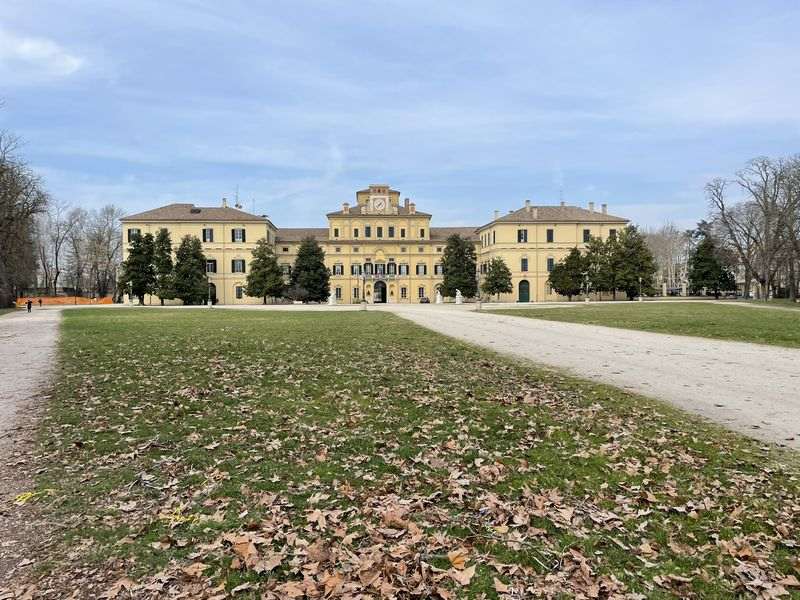
Cittadella
The Citadel (La Cittadella) is a pentagon-shaped military fortress with ramparts and a moat. It was built towards the end of the 16th century by Alessandro Farnese, grand captain, governor of Flanders and third Duke of Parma, on the site of a Gothic church and monastery that stood on the same site! It was personally designed by the Duke himself, who drew inspiration, down to the smallest details, from the Antwerp castle designed by Francesco Paciotto. The construction was undertaken by the ducal engineers Giovanni Antonio Stirpio de Brunelli and Genesio Bresciano, with the collaboration of Smeraldo Smeraldi. Today the area is used as a public park and the pentagonal fortress, the ramparts and the city entrance gate (1596), the work of Simone Moschino, are the only ancient buildings that survive!
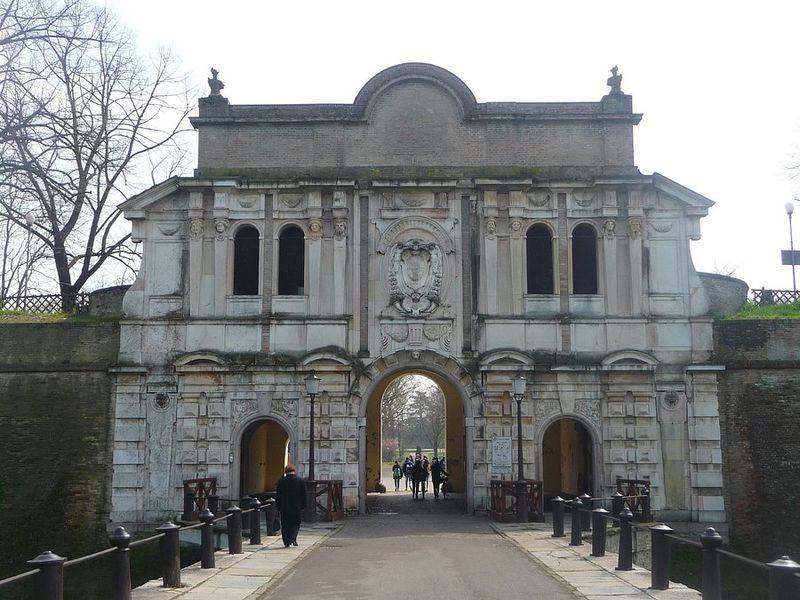
Auditorium Paganini
For last, I left one of the most modern attractions in the city, which is worth visiting! The Paganini Auditorium (L’Auditorium Paganini) was designed by Renzo Piano and inaugurated in 2001. The initiators of this project had the idea of transforming an abandoned industrial area, and more specifically the historic Eridania sugar factory, that operated in Parma from 1899 to 1968, into a modern “sound factory”! Today, the Paganini Auditorium hosts the Arturo Toscanini Philharmonic, as well as various music festivals, concerts and award ceremonies!
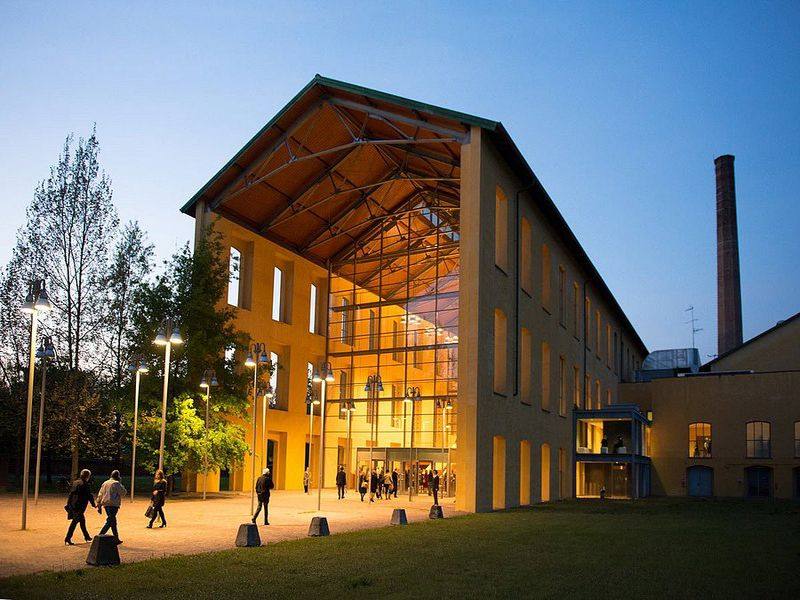
How to go
There is no airport in Parma, so you will have to reach the city either by train or bus, from a nearby city. The most convenient is, of course, Bologna. As we have seen in a previous article, Thessaloniki is connected by air to Bologna and Guglielmo Marconi Airport, via Ryanair. With proper planning, one can find tickets starting from 42€ round trip.
Where to stay
Parma is certainly not a big city nor one of the most popular tourist destinations in Italy, but there are accommodation options for all tastes and all budgets. The hotel I have to recommend is located in the heart of the old town, a breath from the Parma River. It is the B&B Margherita di Parma, which has beautiful and renovated rooms, capable of satisfying every need of a modern traveler.
How to move
In Parma, you will rarely need to use public transport, as everything is concentrated in its historic centre. However, when you do need to, the city has an excellent bus system that covers all the length and breadth of the city. The second best means of transport is the bicycle, as there are cycle paths almost everywhere and there is generally a cycling community! Finally, taxis are relatively expensive and rarely used, while they are found everywhere in the city, with various types of vehicles, but they mainly operate by phone.
What to eat
Parma is considered a gastronomic destination, which has given the rest of the world the famous Parmigiano-Reggiano! Here even dishes that you know (or think you know) have a more intense and rich flavour! So, besides the famous parmesan, it is worth trying prosciutto, ham (Culatello di Zibello), fried pies (Torta Frita), tortellini stuffed with ricotta and herbs (Tortelli di Erbetta), round pasta with meat or cheese (Cappelletti), shoe-shaped sugar cookies (Scarpette de San’Ilario) and, of course, gelato. As for drinks, the area has wonderful vineyards and great wines, most notably the white Malvasia and the dry red with a strong fruit flavor Lambrusco. To try various local flavors, I recommend Trattoria Corrieri, while to get parmesan and prosciutto, Salumeria Garibaldi!
Useful information

In Italy we travel with a new type of Police ID or Passport, where the information is written in Latin characters.
In Parma the language used is, of course, Italian, but unlike other Italian cities, English is not so widespread here, so if you don't know Italian, be prepared to use every gesture you have in your repertoire.
The country's currency is the Euro.
Parma is one hour behind Greece (GMT +2).
There is no Greek embassy or consulate in Parma, so if you need anything you should contact the nearest one, which is located in Bologna on Via dell' Indipendenza 67/2, 40128 and its telephone number is (0039051) 4213273.
The climate of Italy is quite similar to that of Greece, so there are mild winters and hot summers. I think the ideal time to visit is Autumn or Spring.
Recommended excursions → Modena, Bologna, Ferrara, Piacenza, Genoa

If this article seemed interesting or contributed to your quality information, then you can like my facebook page: o_thessalonikios or follow me on instagram!
Mouzakidis Pantelis








